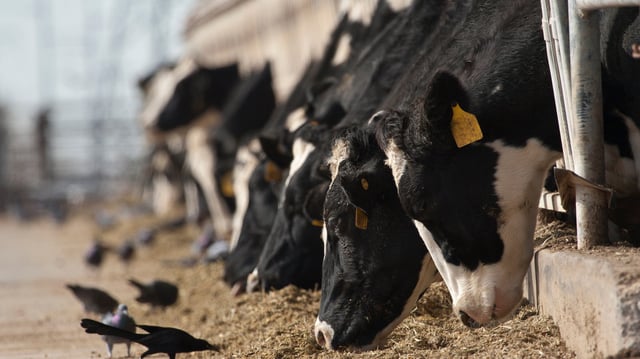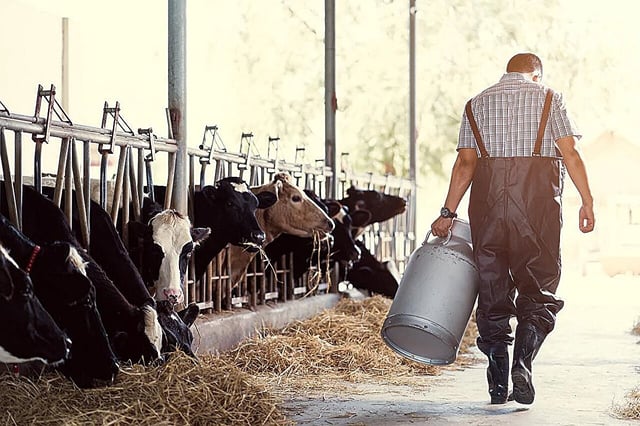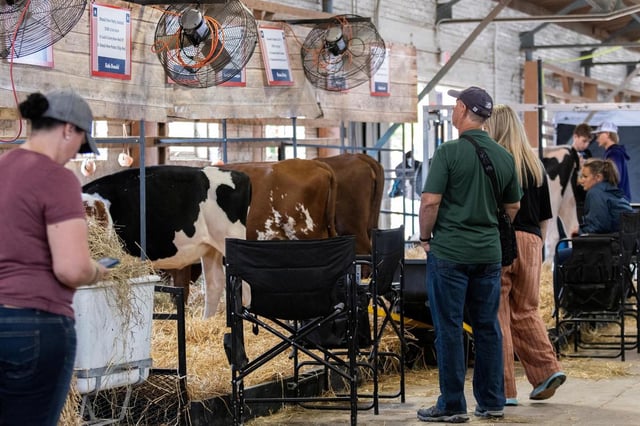Overview
- The preprint study published Aug. 1 analyzed samples from 14 California dairy farms and found infectious virus in air, on equipment, milk and wastewater.
- Aerosol samples collected during milking operations contained live H5N1 particles, suggesting inhalation as a transmission route for cattle and workers.
- Detection of the virus in cleaning wastewater indicates environmental reservoirs beyond contaminated milking machines and farm vehicles.
- Pasteurization continues to inactivate H5N1 in commercial milk, maintaining low risk for consumers while farmworkers face elevated exposure.
- Experts are urging stronger biosecurity protocols, at-barn rapid diagnostics and tighter interstate cattle movement controls to prevent further spread.


